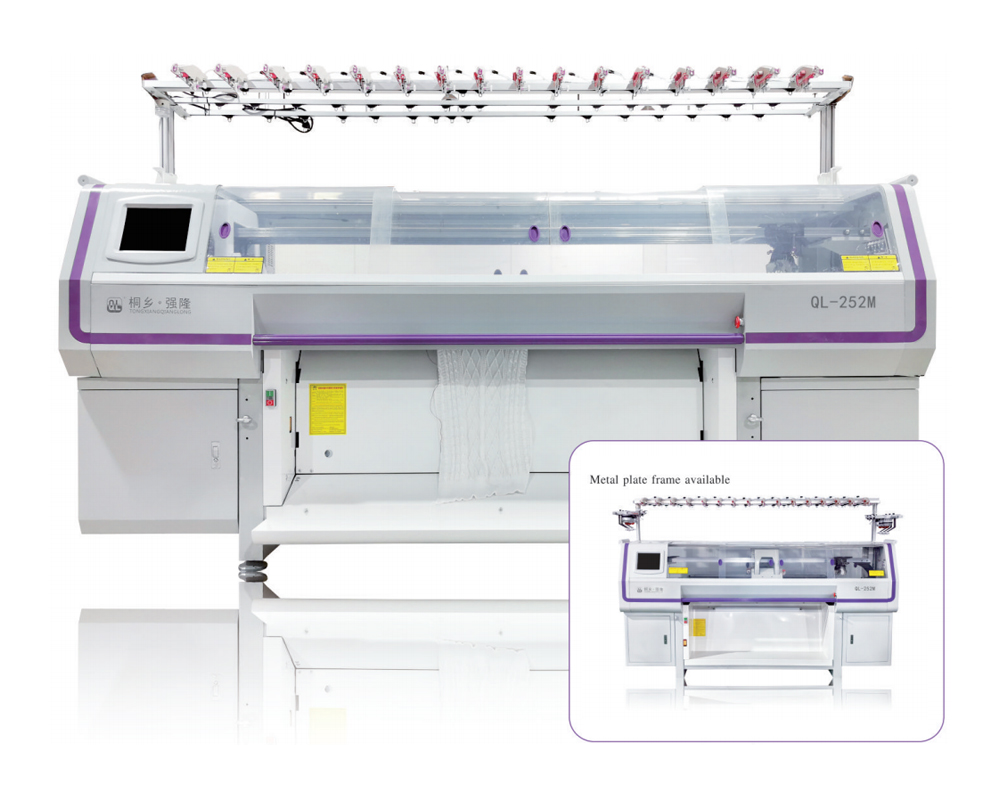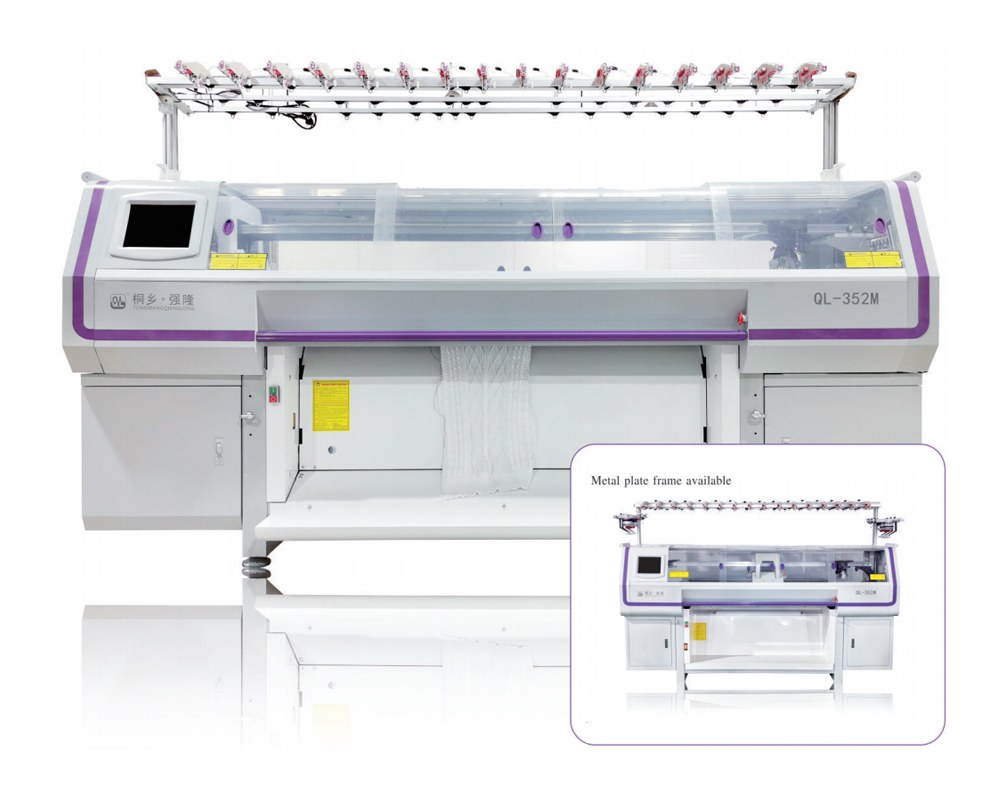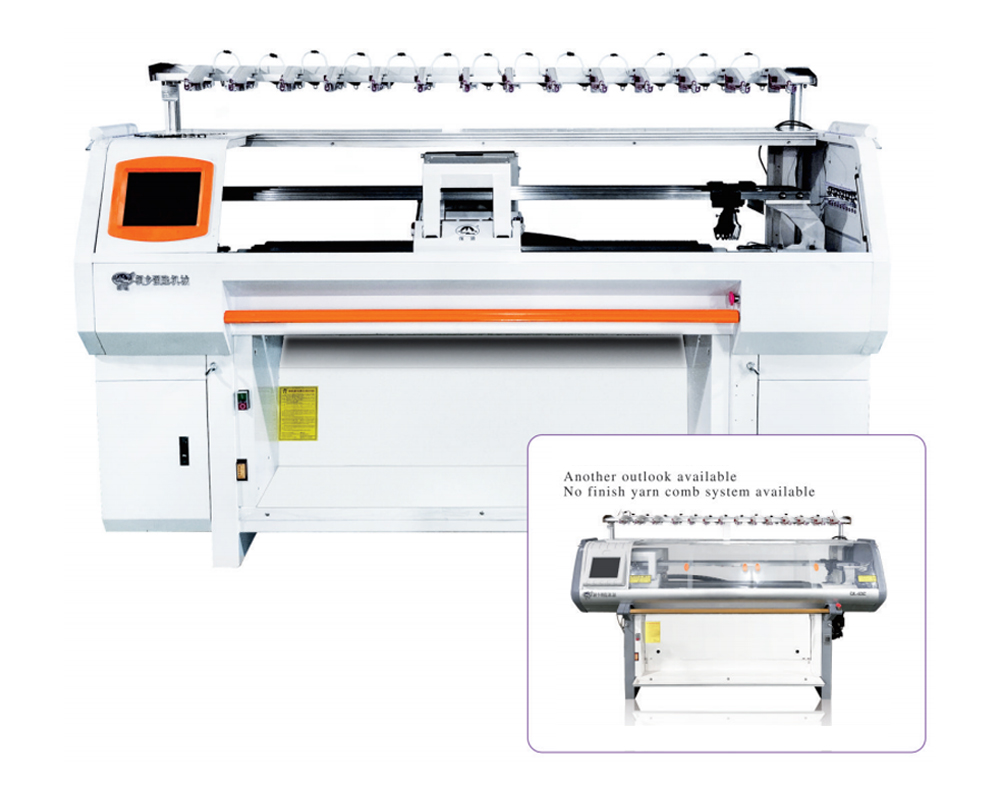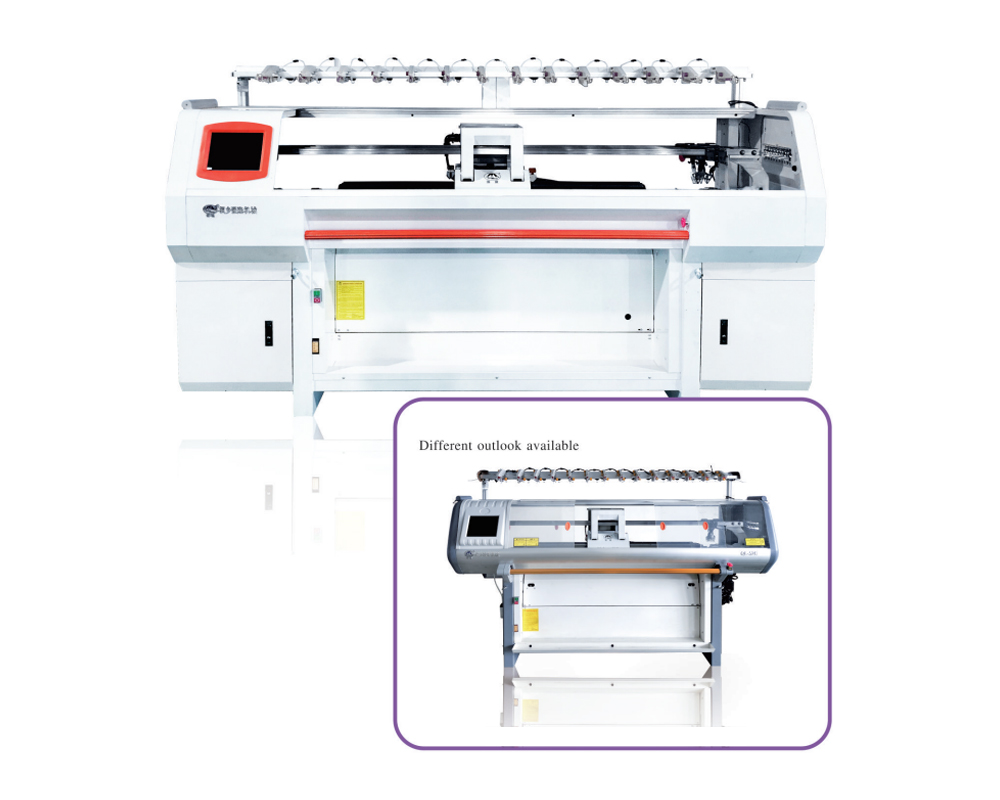Tongxiang Qianglong Machinery Co., Ltd. is high-tech China wholesale computerized flat knitting machine manufacturers, specialized in designing, developing, and manufacturing Knitting Machinery..
The textile industry has seen remarkable technological advancements over the past few decades, with knitting machines evolving from simple mechanical devices to highly sophisticated computerized systems. Among these innovations, the computerized flat knitting machine stands out as a gamechanger, offering precision, efficiency, and design flexibility that traditional machines simply cannot match.
But what exactly is a computerized flat knitting machine? How does it work, and why is it becoming indispensable in modern textile manufacturing?
This article unpacks the features and benefits of computerized flat knitting machines and explains their impact on the knitting industry.
What Is a Computerized Flat Knitting Machine?
A computerized flat knitting machine is an advanced textile machine designed to produce knitted fabrics and garments with flat panels, such as sweaters, scarves, and technical textiles. Unlike circular knitting machines that produce tubular fabrics, flat knitting machines create flat, shaped pieces that can be directly used in garment assembly.
The “computerized” aspect means that these machines are controlled by computer software that directs the needles’ movements, stitch patterns, and yarn feeding with high precision. This automation enables complex designs, consistent quality, and faster production times.
How Does a Computerized Flat Knitting Machine Work?
At its core, a computerized flat knitting machine consists of:
Needle beds: Arranged flat, holding hundreds of needles that manipulate the yarn.
Yarn feeders: Automatically supply yarn from multiple cones or spools.
Computer control system: Runs design software and controls the needles’ movement and stitch type.
Sensors and actuators: Monitor and adjust tension, speed, and knitting parameters.
Designers create knitting patterns using specialized CAD (computeraided design) software. These patterns are uploaded to the machine, which then executes them by selectively activating needles to form stitches, shaping panels with precision.
What Are the Key Features of Computerized Flat Knitting Machines?
Precision and Complexity: The computer control allows intricate stitch patterns, color changes, and textures that manual machines cannot achieve.
Variable Stitch Types: Machines can produce rib, tuck, transfer, and other stitch variations within a single piece.
Automated Shaping: Enables seamless garment parts shaped directly on the machine, reducing cutting and sewing.
Multiple Yarn Feeders: Support multicolor or multimaterial knitting.
Efficient Production: Automated systems reduce waste, errors, and labor costs.
Data Integration: Allows for quick design changes and realtime monitoring.
What Advantages Do Computerized Flat Knitting Machines Offer?
1. Design Flexibility
With the ability to program complex patterns and stitch combinations, manufacturers can produce customized, highfashion, and technical textiles with ease.
2. Reduced Waste
Shaping garments during knitting means less fabric is cut away, leading to sustainable manufacturing with minimal material loss.
3. Speed and Productivity
Automation accelerates production cycles, making it easier to meet demand and shorten timetomarket.
4. Improved Quality
Consistent needle control and tension management ensure uniform stitches and fewer defects.
5. Cost Savings
Less manual labor, reduced fabric waste, and faster production all contribute to cost efficiency.

What Are Common Applications of Computerized Flat Knitting Machines?
Fashion Industry: Producing sweaters, cardigans, and accessories with complex patterns and textures.
Sportswear: Creating breathable, elastic, and seamless knitwear tailored to athletic needs.
Technical Textiles: Manufacturing functional fabrics for automotive, medical, or industrial use.
Home Textiles: Making upholstery fabrics, blankets, and decorative textiles.
Innovative Materials: Knitting composites or smart textiles integrated with sensors or conductive yarns.
How Does Computerized Flat Knitting Impact Sustainability?
Sustainability is a growing priority in textile manufacturing. Computerized flat knitting machines contribute by:
Minimizing fabric waste through precise knitting and shaping.
Allowing ondemand production, reducing excess inventory.
Supporting recycling and blending of yarns for ecofriendly fabrics.
Facilitating the creation of durable, highquality textiles that extend product life.
These factors help manufacturers reduce their environmental footprint.
What Should Manufacturers Consider When Choosing a Computerized Flat Knitting Machine?
Gauge and Needle Count: Determines fabric fineness and width capability.
Yarn Compatibility: Ability to handle different fiber types and yarn sizes.
Software and Integration: Userfriendly design tools and compatibility with existing systems.
Machine Speed and Automation Features: To match production volume requirements.
Maintenance and Support: Availability of technical service and parts.
Budget and ROI: Balancing upfront cost with longterm savings and flexibility.
Conclusion
A computerized flat knitting machine represents a leap forward in textile manufacturing, merging traditional craftsmanship with digital precision. Its ability to produce complex, highquality knitted fabrics and shaped garment parts efficiently makes it indispensable for modern manufacturers.
As demand for customized, sustainable, and technically advanced textiles grows, computerized flat knitting machines will continue to play a central role in shaping the future of fashion and industrial knitting. Investing in this technology allows businesses to innovate, reduce waste, and deliver superior products to a competitive market.

 English
English 简体中文
简体中文
 Chinese
Chinese English
English











